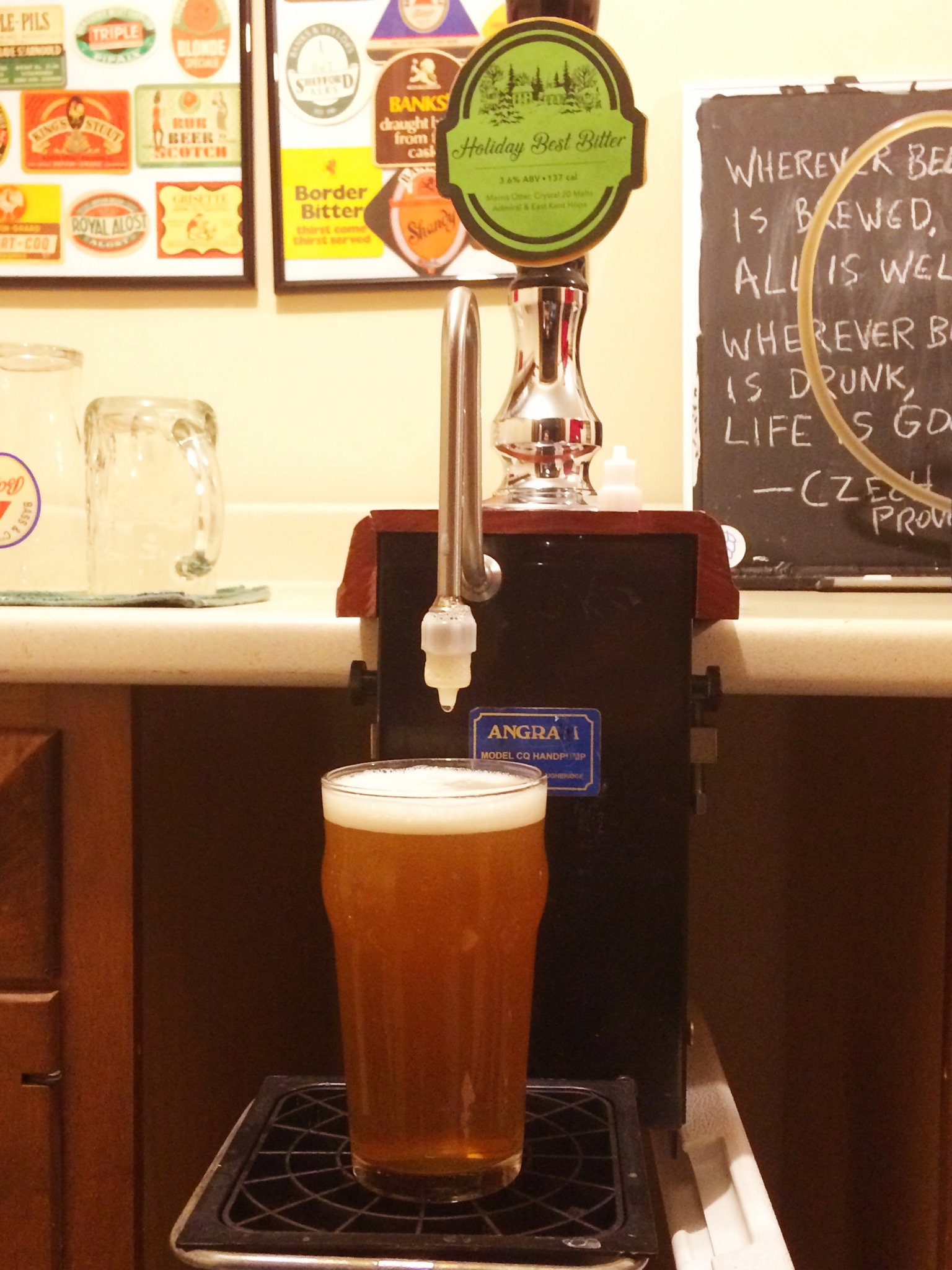Boddingtons is one of the most abused beers in recent british brewing history I think
Its claim to fame was that it was light coloured and relatively very bitter compared to other bitters from England at the time (1960s/1970s time frame) But since then it got browner and less bitter as the brand was bought up and the cask version dissappeared a number of years ago now. I've not had it in quite a while in cans and I think I'd only bother with it if it made a cask comeback. I'm also fairly sure the beer you get abroad is not the same as the one in cans in the uk, the export one might well be better as its stronger I think. It probably is similar to kegged mass market bitters like John Smiths, Worthington cream flow etc.
If you are interested, here's a recipe based on the 1968 version which I might have posted before. It was measured as 35 IBU in the glass iirc in the mid 70s , so I would almost double the hops in a homebrew setting to get just over 50 IBU tinseth as I think that would get you close. It's more like a modern golden ale in its paleness and bitterness than what the canned version is, it would be very different to this
OG 1.036
FG 1.007
3.8% abv
English Pale Malt - 77.5%
Lager Malt - 15.5%
Enzymic malt (acid malt) 2.5%
Wheat - 2.5%
Maize 2%
Hops - English, eg EKG mainly bittering. Attenuative yeast, finishes dry.
No idea what the water was like that they used, I think Manchester mainly gets their water from the Lakes which would be pretty soft. But if they used their own well, no idea. Nor what additions they made to the water
Its claim to fame was that it was light coloured and relatively very bitter compared to other bitters from England at the time (1960s/1970s time frame) But since then it got browner and less bitter as the brand was bought up and the cask version dissappeared a number of years ago now. I've not had it in quite a while in cans and I think I'd only bother with it if it made a cask comeback. I'm also fairly sure the beer you get abroad is not the same as the one in cans in the uk, the export one might well be better as its stronger I think. It probably is similar to kegged mass market bitters like John Smiths, Worthington cream flow etc.
If you are interested, here's a recipe based on the 1968 version which I might have posted before. It was measured as 35 IBU in the glass iirc in the mid 70s , so I would almost double the hops in a homebrew setting to get just over 50 IBU tinseth as I think that would get you close. It's more like a modern golden ale in its paleness and bitterness than what the canned version is, it would be very different to this
OG 1.036
FG 1.007
3.8% abv
English Pale Malt - 77.5%
Lager Malt - 15.5%
Enzymic malt (acid malt) 2.5%
Wheat - 2.5%
Maize 2%
Hops - English, eg EKG mainly bittering. Attenuative yeast, finishes dry.
No idea what the water was like that they used, I think Manchester mainly gets their water from the Lakes which would be pretty soft. But if they used their own well, no idea. Nor what additions they made to the water
























































![Craft A Brew - Safale S-04 Dry Yeast - Fermentis - English Ale Dry Yeast - For English and American Ales and Hard Apple Ciders - Ingredients for Home Brewing - Beer Making Supplies - [1 Pack]](https://m.media-amazon.com/images/I/41fVGNh6JfL._SL500_.jpg)



